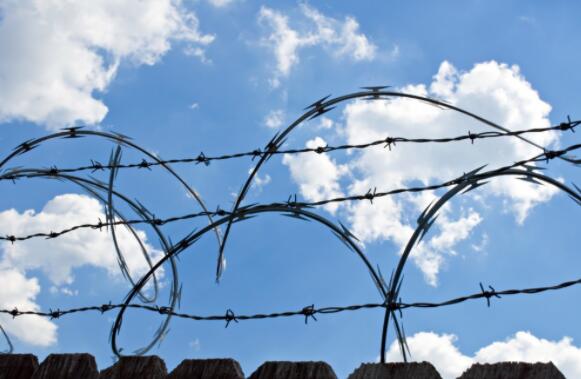Understanding Galvanised Tie Wire A Comprehensive Guide
Galvanised tie wire is a versatile material that plays an essential role in various construction, agricultural, and crafting applications. Made from steel wire that has been coated with a layer of zinc, galvanised tie wire is renowned for its durability, resistance to rust, and overall strength. This article explores its composition, characteristics, uses, and benefits, highlighting why it has become a staple in many industries.
Composition and Manufacturing Process
Galvanised tie wire starts with high-quality steel wire, which serves as the backbone of the product. The galvanisation process involves dipping the steel wire into molten zinc, creating a protective coating that shields the underlying metal from moisture and corrosive environments. This process not only enhances the wire's longevity but also ensures it can withstand various weather conditions, making it suitable for both indoor and outdoor applications.
The diameter of galvanised tie wire can vary, typically ranging from 16 to 20 gauge, allowing users to choose a thickness that meets their specific requirements. The flexibility of the wire is another attractive feature; it can be easily manipulated, twisted, or cut, making it an ideal choice for a wide range of applications.
Characteristics of Galvanised Tie Wire
One of the most significant advantages of galvanised tie wire is its resistance to corrosion. Unlike non-galvanised steel, which can quickly deteriorate when exposed to moisture, galvanised tie wire retains its structural integrity over extended periods. This characteristic is particularly important for outdoor applications or in environments where the wire may be exposed to rain, snow, or humidity.
In addition to its corrosion resistance, galvanised tie wire boasts high tensile strength, allowing it to support significant weights without breaking or bending
. This means it can safely secure heavy materials, making it ideal for construction sites, gardening, and various industrial applications.Moreover, galvanised tie wire is lightweight yet robust, which means it can be easily transported and handled without compromising its performance. This blend of properties makes it an essential tool for many professionals, including builders, landscapers, and artists.
galvanised tie wire

Key Applications
Galvanised tie wire has a myriad of uses across different fields. Here are some of the most common applications
1. Construction In the construction industry, galvanised tie wire serves multiple purposes. It is commonly used for tying rebar together during concrete pouring, ensuring stability and strength in structural foundations. Additionally, it can be used in scaffolding, fastening components, and securing temporary structures.
2. Agriculture Farmers and gardeners employ galvanised tie wire for various agricultural tasks. It is often used to support plants, secure fences, and create trellises for climbing plants. Its resistance to rust makes it particularly suited for outdoor environments where moisture is prevalent.
3. Crafting and DIY Projects Galvanised tie wire has gained popularity in the crafting community due to its versatility. Crafters use it to create intricate designs, sculptures, and seasonal decorations. The wire can be easily cut and shaped, allowing for creativity while providing reliable support.
4. Electrical Work In electrical installations, galvanised tie wire is often used to secure wiring and cables, helping to maintain a neat and organized setup. Its strength ensures that connections remain stable, reducing the risk of damage or disconnection over time.
Conclusion
Galvanised tie wire is an indispensable material in numerous industries, thanks to its unique combination of strength, flexibility, and resistance to corrosion. Whether you are constructing a building, tending to a garden, engaging in artistic endeavors, or working on electrical projects, galvanised tie wire offers reliable support and durability. As its applications continue to expand, it remains a go-to choice for professionals and DIY enthusiasts alike. Understanding its properties and uses can help individuals make informed decisions and maximize the benefits of this remarkable material in their respective projects.

















